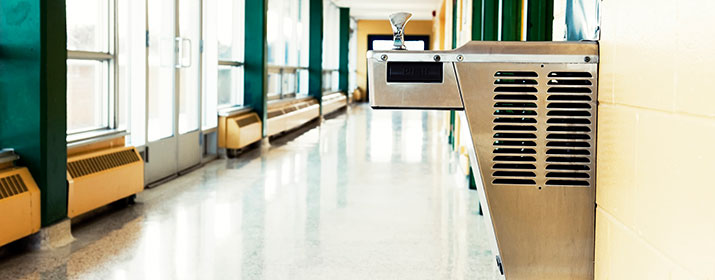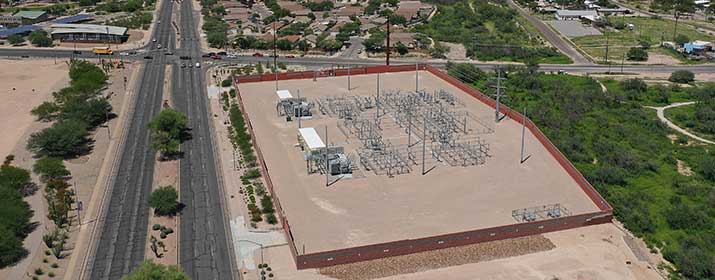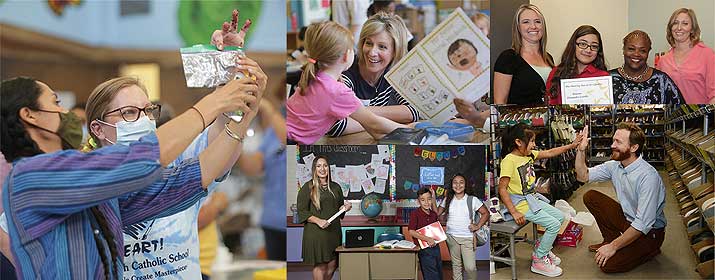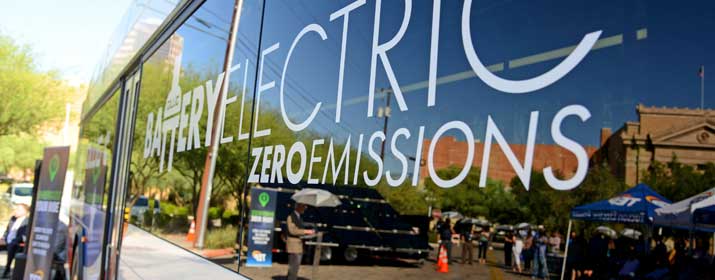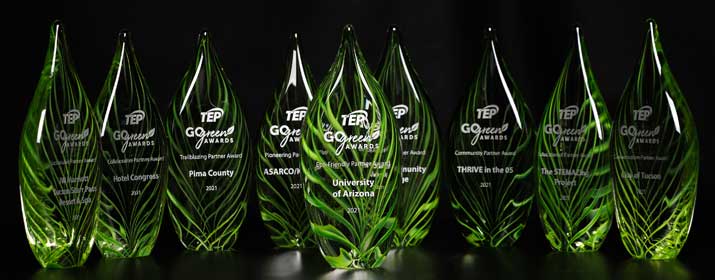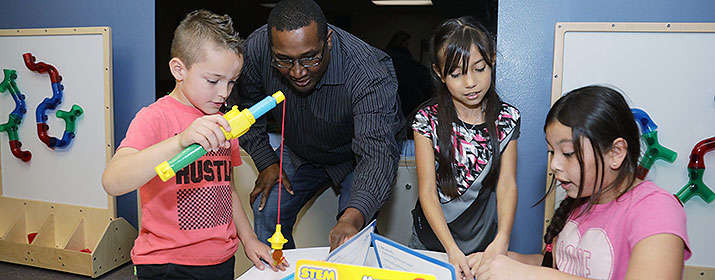
Children naturally want to prod, poke and dismantle things to see how they work and learn about the world.
Students at Maldonado Elementary are able to do more of that with a new STEM (Science, Technology, Engineering and Math) Lab, which opened in April to encourage tinkering, exploring and making stuff happen.
“Our students have had few opportunities to engage in educational enrichment activities related to science, technology, engineering, and math,” said Principal Robbie Ramirez, who leads the small school that borders the Pascua Yaqui reservation. “Generations of our families have been faced with a variety of socioeconomic inequities such as lower educational achievement, higher poverty and poorer health. We’re thrilled that we now have this opportunity to help students explore their creativity and ingenuity and realize their true potential.”
TEP contributed $25,000 to the launch of the lab, which started as Ramirez’ dream and opened in April. The lab, which started as Ramirez’ dream, became reality first with a $50,000 investment facilitated by the Educational Enrichment Foundation (EEF) through a $25,000 grant from the Marshall Foundation, which was subsequently matched by TEP.
Thanks to the additional resources, students in kindergarten through fifth grade are able to explore progressively complex concepts such as electricity, matter, simple machines, cells and organisms, earth science, magnets and engineering. Functional furniture allows for flexibility and collaboration, allowing teachers to reconfigure the room to enhance the lessons.
The school hopes to continually increase the sophistication of the STEM program, ultimately supporting an exploration in robotics, coding, and 3D design/printing, as well as video production, for students in third through fifth grades.
“This generous support and collaboration with Marshall Foundation and TEP helps us deliver equitable opportunities to these students and inspire them to stay in school and stretch their boundaries,“ said EEF’s Executive Director Dawn Bell.
Bell said while EEF is known in part for its shoe, clothing, and classroom supply drives to address Tucson Unified School District students’ immediate needs, it also strives for longer-term impact. “Developing a growth mindset at these young ages helps instill a curiosity that will prepare them to dive deeper into STEM concepts throughout their scholastic future.”
Jane McCollum, General Manager at the Marshall Foundation, said exploratory learning through STEM helps student strengthen many positive skills, from problem-solving to creativity, collaboration and self-confidence. “What’s exciting about this kind of hands-on learning is that it helps students envision themselves as future creators,” she said.
Wendy Erica Werden, Manager of Community Investment and Philanthropy for TEP, noted that STEM education doesn’t just help students make sense of the world they see, but it’s essential in preparing them for the future of work that we haven’t even imagined yet. “Textbooks and lectures are critical to education, but so is exploration and experimentation, and we’re thrilled to play a role in helping students engage in this kind of meaningful discovery.”
TEP is a longtime support of EEF as part of our company’s philanthropic focus of education.
Another previous way TEP has supported EEF is through grants of up to $1,000 each supported TUSD teachers’ requests for STEM projects. In 2019-20, those included:
- Electric fashion show: Teachers Twila and Elisa Busby, who are sisters, bought wearable, programmable lights that students sewed into clothes for a fashion show that incorporated electricity. Students from Hollinger K-8, Drachman Montessori K-8 and Pueblo High schools have designed and sewed costumes for the runway. Read more about the 2020 fashion show and see a video.
- Magnetic pipe wall: Preschoolers at Steele Elementary School placed pipes and ramps on a magnetic wall to create paths and obstacles for balls and cars. The outside wall provided an educational play opportunity, as well as a way for kids to learn how to problem solve.
- Coding a robot: A Sahuaro High School teacher purchased a V5 VEX robot to instruct students how to code its movements and actions. About 30 students were directly involved, while more than 100 students got to see the robot perform at a middle or high school, watch a state robotics tournament or see classmates code the robot. Watch a KGUN 9 newscast of the all-girls robotics team at Sahuaro.
TEP’s contributions are funded through corporate resources and are not recovered through customer rates.

